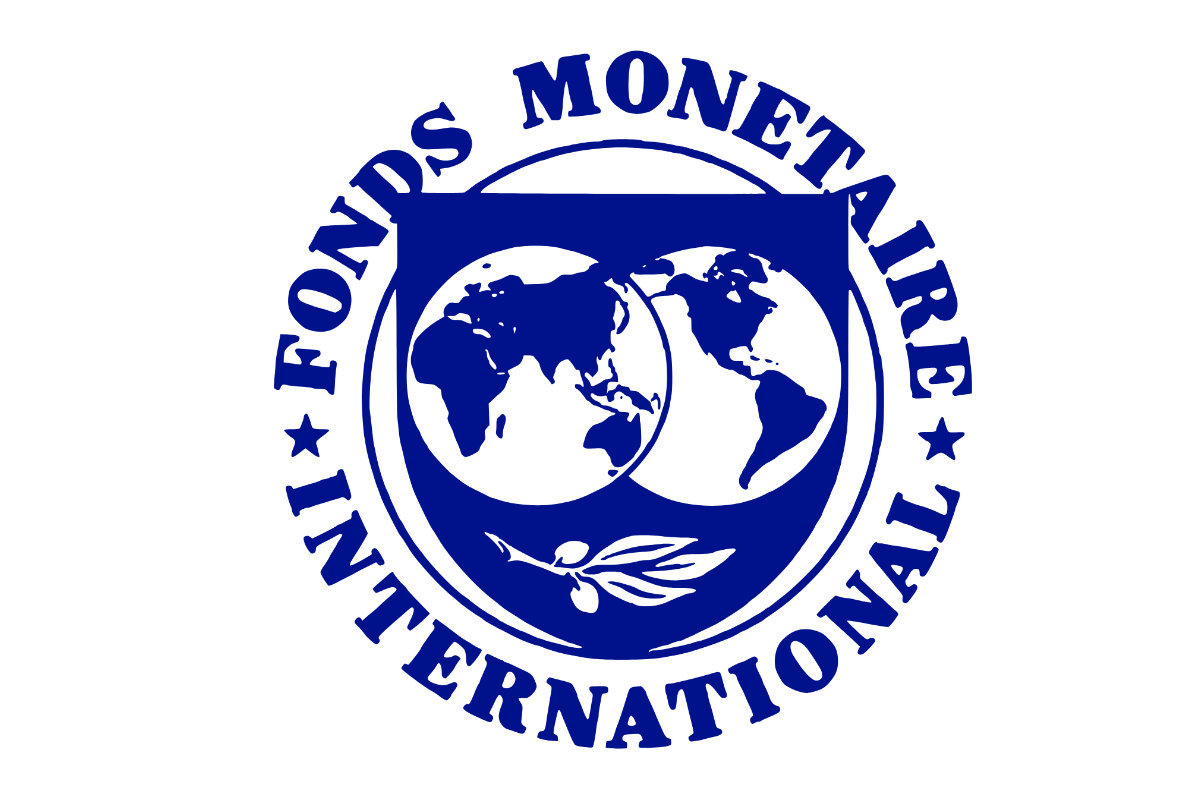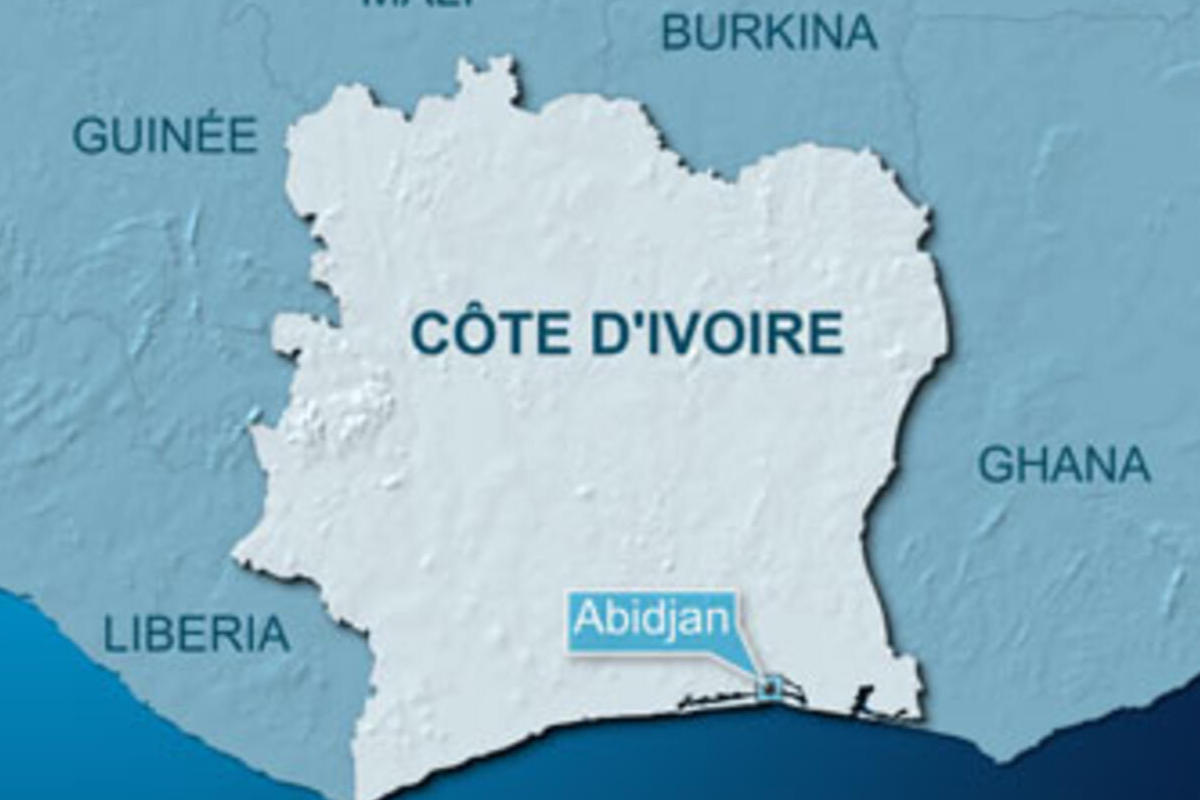Gnanli Landrou has invented a special powder that can turn earth and water into a strong construction material, similar to concrete. His source of inspiration was the mud house where he grew up in Togo, West Africa.
This new ultra-low carbon footprint concrete is about to be used in a building.
According to Forbes, he is one of the 30 most influential entrepreneurs in Europe.

Who is Gnanli Landrou ?
Gnanli Landrou grew up in a mud house in Togo, West Africa and didn’t go to school until he was 16 when he moved to France. Now 31, he founded an eco-concrete start-up.
Coming from the Kabyè people of northern Togo, Landrou grew up in a large family. But very young, he was sent to his uncle, a migrant worker, who offered his services to the local population. While the adults in the group helped in the fields or built mud houses, Landrou brought water, food or carried bricks for the elderly. There was no school and Landrou learned the art of living from his elders. His experience of terracotta constructions becomes fundamental in his new life as a young entrepreneur.
The move to Europe
At age 16, his family allowed Landrou to travel to France. It was his foster family who first sent him to school, where his scientific talent did not go unnoticed by a local teacher. With the help of this teacher, Landrou made up for two years of lost schoolwork. This help was fundamental and, in just two years, he managed to master the academic knowledge to complete his baccalaureate.
After obtaining his baccalaureate, he completed a degree in materials science at the University of Limoges. Landrou then moved to Switzerland where he did his doctorate. In 2018, he received the ETH Medal for his thesis at the Chair for Sustainable Construction at ETH Zurich under the supervision of Guillaume Habert.
Oxara sustainable concrete
With his partner Thibault Demoulin, Gnanli Landrou founded the start-up espoir, an environmental start-up that produces a cement-free building material for building houses, which is more ecological and cheaper than concrete.
Conventional concrete is made from cement, the production of which requires a lot of energy, and the raw materials are limited, gravel and sand. Oxara’s earth concrete, on the other hand, uses excavated material that would otherwise end up in the trash.
This special concrete hardens between 24 to 48 hours and is suitable for non-structural elements of houses up to three stories high. Oxara floor concrete is tested in several pilot projects. The application potential of eco-concrete is enormous in both developed and developing countries.
« Our technology offers terracotta construction almost all the advantages of cement processing, being around 2.5 times cheaper and 20 times more environmentally friendly, » says Landrou.
The market potential for non-structural construction elements is considerable: the volume in Switzerland alone is estimated at around 700 million francs.
Conclusion
It is an inspiring life in which an African born in the poorest backgrounds of Africa, studies to be more than what his apparent destiny has offered him and transcends himself by proving that the world can be much more.
Taking advantage of all his ancestral know-how in the construction of earthen houses, he associates this form of construction with the Western culture of cement and concrete construction and creates an ecological concrete based on earth.
Gnanli Landrou not only proved that no matter where a person is from, they can change the world, he also proved that the world can be changed for a greener and more sustainable future for all of us.
With Mercados africanos









